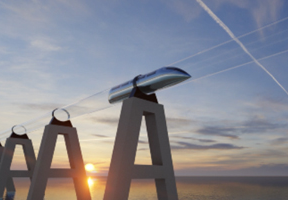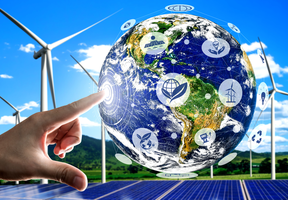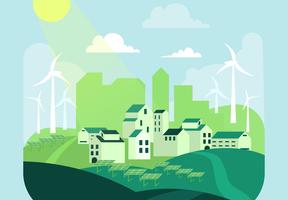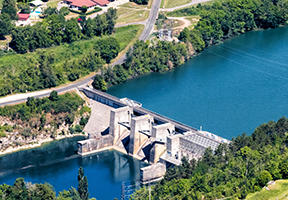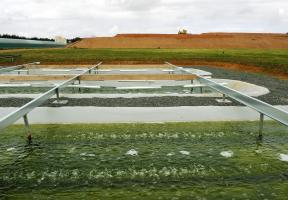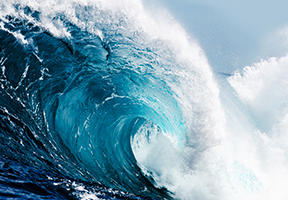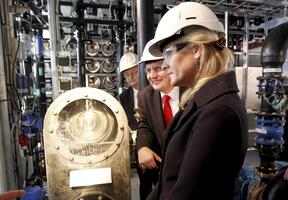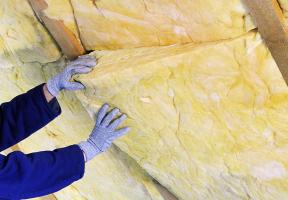Masdar City: A City Laboratory Open to the World
10 min read
Masdar City, located in the emirate of Abu Dhabi, is a city that came to life in 2006 in a very hot and oil-rich region. Its aim is to become a "zero-carbon”, “zero-waste” and “zero-fossil- " eco-city. It's a very tough challenge, and the city has yet to achieve its goals. But it's a very interesting place, where new environmental technologies are being tested, and where students and entrepreneurs are being trained to build the next cities of the future.
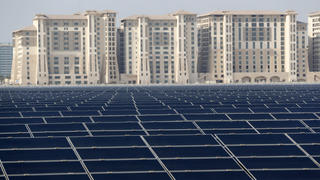
© Karim Sahib / AFP - At the edge of Masdar City, one of the solar photovoltaic farms that powers this life-size laboratory in Abu Dhabi.
Masdar City: a "Laboratory" Town
Of the seven constituent emirates of the United Arab Emirates (UAE), Abu Dhabi boasts the most extensive resources. . But this emirate knows that oil and gas won't last forever. Its leaders now want to become pioneers in the and the development of renewable energies, to find ways of gradually doing without oil and natural gas.
The Masdar City project was launched in 2006. Its name means "The Source" in Arabic, as it aims to inspire the world with its technological innovations. It is very close to Abu Dhabi airport, but very different from other cities. It was designed to accommodate 50,000 people, but only 6,000 are living there in 2024, mostly students and experts from other countries. They are gathered in two micro-neighborhoods, one around the Masdar Institute of Science and Technology (MIST), set up with Boston's MIT, the other around the headquarters of the International Agency (Irena).
Breath-Taking Innovations
Masdar City may not have succeeded in everything, but it has opened up some interesting avenues.
- Architecture
It seemed useful to blend tradition - narrow streets, in the style of Arab medinas, to protect from the sun and channel the winds - with the most advanced technology - artificial intelligence to optimize all urban equipment and buildings. The city has tested a "wind tower" that captures at the top and returns cool air to the base after misting. Of course, there's a profusion of solar panels on the roofs and façades of the buildings, which are made of terracotta.
- Transport
The city has introduced underground transport using driverless carts (maximum 10 people) guided by magnetic rails. The route is determined according to passengers' needs. Walking and cycling are encouraged.
- Self-sufficiency and waste
Masdar City faces the problem of water and food supplies. Tests to recover moisture from the air by condensation have not worked, while trials of vertical farms have been unsuccessful. A more traditional formula with a giant seawater desalination plant is due for completion in 2025. The city is also seeking to promote a circular economy leading to zero waste.
An international laboratory
The institution that is developing Masdar City is also looking to invest in advanced research conducted around the world. For example, it is interested in thin-film solar panels in Germany, thermodynamic solar in Spain, off-shore wind power in the Thames estuary, and all the solar projects in the Gulf.
Other Masdar teams are involved in projects to capture and store CO2 underground. Research into waste and wastewater reuse for irrigation is being carried out with the aim of developing these in Africa, where water is scarce and precious.
Masdar City is an ambitious project to create an innovative green city in the desert. It uses renewable energies, intelligent transport, and solutions to save water and reduce waste. It has not yet achieved all its objectives, but it is a laboratory for testing and sharing new environmental technologies. It shows that oil-rich countries can also look to a more sustainable future.


